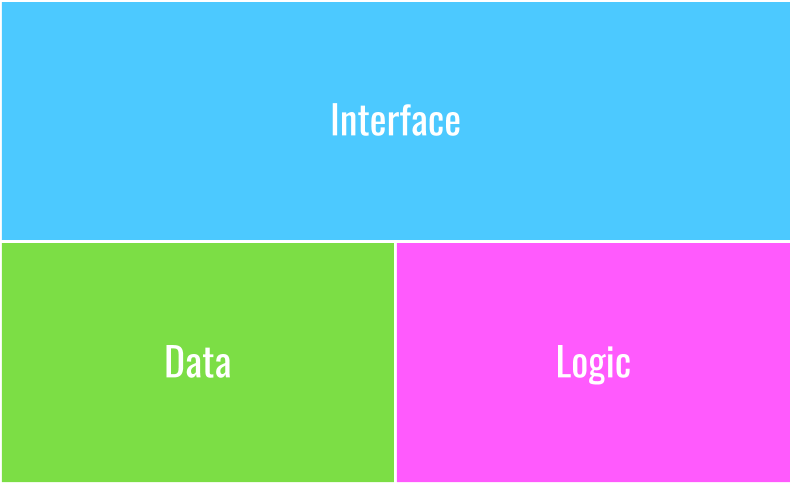Anatomy of microservices
Core parts explained
This has been earlier published in Medium
Structuring complex systems is an interesting challenge that we often face. That, combined with the need for fast time to market leads us searching for ways to decompose large projects to more manageable pieces providing value as soon as possible. There are multiple ways to approach this but one of the trendiest is microservices architecture. Microservices themselves are small, independent and composable services that have defined set of responsibilities. They provide a way to decompose large systems to smaller manageable pieces that are easier to understand, develop and especially maintain. However they are not a silver bullet as with multiple services comes all the challenges of distributed systems. More detailed information about good and bad sides of microservices can be found from Martin Fowler’s great article. Also some ideas on integration in complex microservices environments can be read from my older blog post.
In this blog I’ll describe the essential parts of a microservice.
Building Blocks of Microservice

Essence of a microservice reduced to bare minimum
I like to decompose microservices to three separate pieces: interface, logic and data. Breaking things down this way allows us to separate concerns related to different parts and make it easier to focus specific challenges on design, implementation and maintenance.
I’ll next describe these three pieces.
Interface
Interface is an important and unfortunately many times neglected part of a service. It describes the interactions a microservice enables with surrounding systems.
With RESTful programming being popular nowadays, REST API is a good example of an interface that a microservice can have. RESTful interface exposes access to resources (data) which the microservice manages. We could eg. have a pricing microservice that has an API providing pricing information and ways to manage that information.
On the other hand there could be an asynchronous batch interface implemented with a message format and queues.
Challenges of interfaces are usually related to interface design: making interface intuitive and usable for target audience can be hard.
Logic
Application logic implements given set of functionality, usually related to some business process or supporting function. Most of software architecture related decisions are tied to logic of a microservice, for example is control flow synchronous/asynchronous, what programming language is used or how an application is composed.
Logic is also the section that intersect the most with business requirements. Requirements are build into application logic to implement given business processes and provide value.
Challenges of application logic are usually developer centric: making simple and performant solutions for complex problems, producing understandable and brilliant code and making sure with proper automatic tests that logic works as intended.
Data
Data is the new oil of digital world and core part of microservices and it can be itself a valuable asset. Services provide access and functionality related to specific dataset, eg. product data. Usually data is stored into a relational or non relational database for persistence.
Data related challenges in microservices consist of modelling data and maintaining the state of dataset. In complex systems it might be hard to create a data model that conforms to all given requirements from different data consuming parties. However there are several frameworks that help with data modelling, eg. Domain driven design.
Maintaining the state of dataset is a whole issue itself. Data tends to become inconsistent and invalid if active measures are not taken to keep it consistent and valid. Without proper application design it is easy to let data drift to an invalid state.